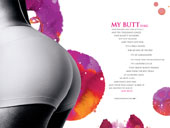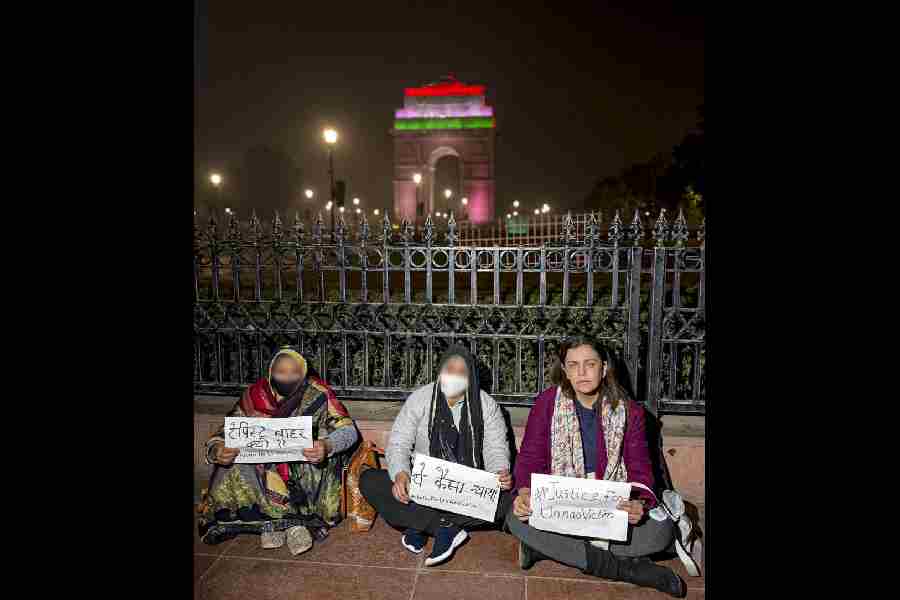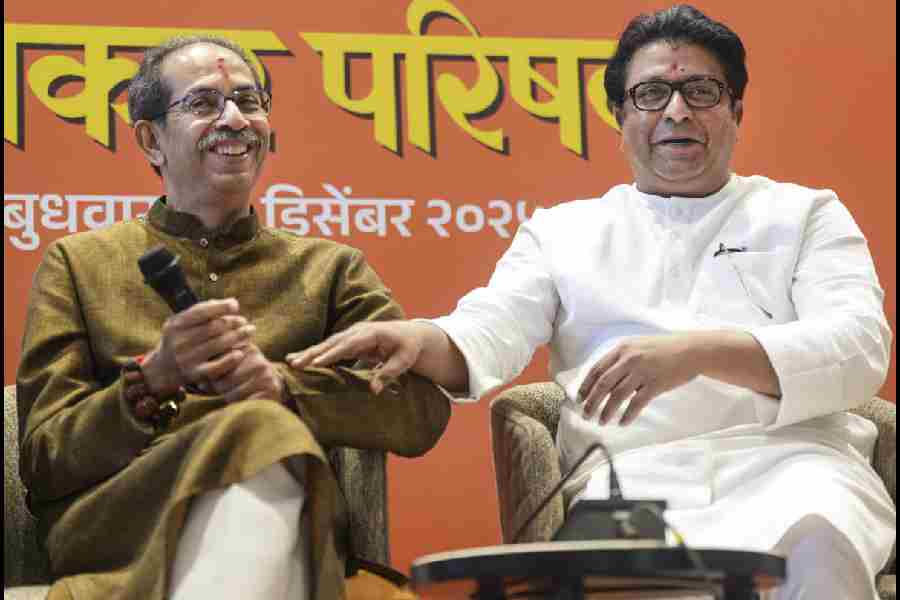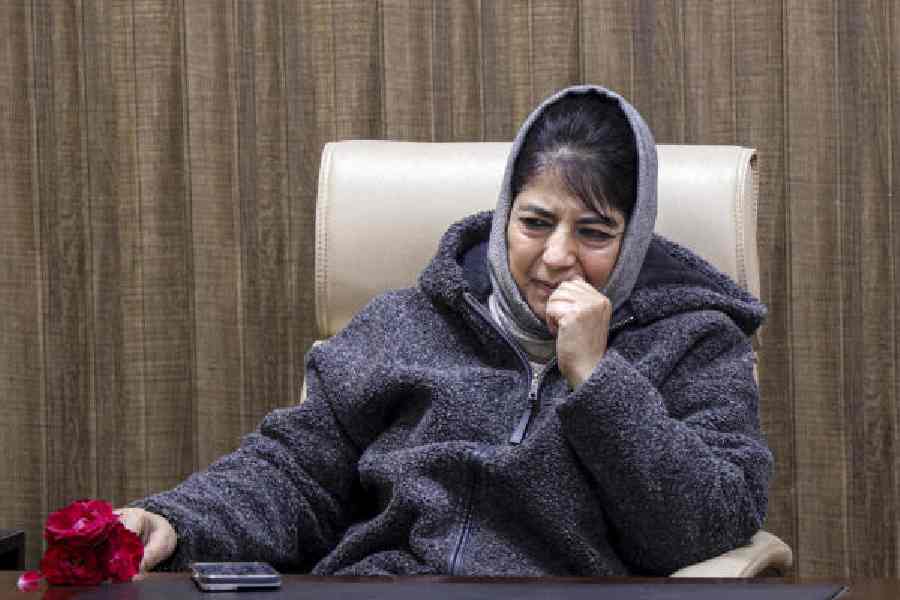 |
 |
 |
| (From top) SKIN THING: Nike’s “big butt” ad. Super-thin supermodel Heidi Klum and Indian model Indrani Dasgupta |
The next time you see Malaika Arora making eyes at two dumpy men and tempting them with her favourite “Freshizza”, don’t laugh at the incongruity of the advertisement. Sure, with her washboard stomach and hollow cheekbones, Arora doesn’t exactly look like a woman who wolfs down pizzas ? fresh or otherwise ? on a regular basis. But then, whoever said that the ad industry was a stickler for reality when it came to depicting women? Hasn’t it always pushed the so-called “ideal”, and gone for super-thin models irrespective of whether it was a pitch for a cosmetic or a car?
But a change may be in the air. Recently, Nike launched an ad campaign in the US, featuring women with “big butts” and “thunder thighs”. The ads show close-ups of the said body parts, and also close-ups of chunky shoulders and “tomboy knees”, and carry defiant taglines like “My butt is big and round like the letter C?And that’s just fine.” Nike says that the campaign is an effort to depict “real” women who, if they work out regularly, will get big and muscular rather than remain gaunt and skinny.
Nor is Nike the only one to take the “reality” route this season. Just before its “big butt” ads hit the billboards in the US, Unilever launched a campaign for Dove cellulite cream that shows six normal-sized women ? complete with rounded arms and a hint of tummy fat ? grinning broadly in their white underwear. And the legend beneath the picture says, “As tested on real curves.”
Both the Nike and the Dove “real women” ads have created quite a stir in the West because they seem to take a whole new line on feminine beauty. What they embrace is not waif-like thinness ? a body image thrown relentlessly at women by beauty and fashion advertising the world over, and one that’s bred hordes of unhappy, bulimic women ? but an image of beauty that’s less aspirational and more realistic.
So is it time then to uncork the bubbly and celebrate the coming of a new age? An age when globally, the ad industry junks its old notion of female sex-appeal and becomes more democratic in its definition of beauty and attractiveness? “I would certainly like to believe so,” says Indrani Sen, vice-president, brand communication and planning, Emami Ltd. “Every ad reflects society in some way. Today, we have a number of independent, affluent women who want to feel confident about their bodies and who do not want to work too hard to remain excessively slim. Evidently, the Nike and Dove ads are targeting these women.
Agrees Anurag Hira, executive creative director, Bates India, “A lot of research would have gone into the making of these ads. Basically, all this is part of a learning curve where advertisers, marketers and consumers are realising that an ad is not just about showing you what you can be, but it is also about giving you confidence in terms of who you really are.”
Of course, it is not as if “real” women have never been used in advertising. In India, Surf’s Lalitaji, the savvy, no-nonsense housewife, attained near iconic status in the 80s. More recently, the smart, prettily plump Amrita Saluja, who was the leading lady of the Whirlpool ads, proved to be hugely popular too. But as Hira points out, “By and large, everyday, regular-sized women have been restricted to certain product categories like home appliances, rice, tea, detergents, etc.” The moment you step into the domain of ads for beauty, personal care and lifestyle products, you’re invariably faced with the stereotype of rail-thin women with radiant skin and cascading hair.
“That’s an image that causes huge stress for a lot of women,” says Saswati Ghosh, a Calcutta-based women’s activist. “It is doubly pernicious because nowadays, it is linked not just to beauty but also to efficiency. So it would be a welcome event if Nike and Dove set a trend and we have more ads showing ‘normal’ women.”
But will they? While Hira is optimistic about the ripple-effect of these “real women” ads, Prasoon Joshi, national creative director, McCann Erickson, is not so sure. “The portrayal of real-looking women does not resonate with the Indian audience anymore.” He cites the example of a Pond’s campaign in 2002 that showed real women talking of the difference Pond’s had made to their lives. But it was soon taken off the air, thanks to low approval ratings.
A dose of reality may not have worked then, but it could well hit the right chord amongst Indian female consumers now. In the West, at least, women seem to be displaying a growing comfort-level with the “reality” of their own bodies. A recent survey of 1000 women by American women’s magazine Allure, for instance, found that 91 per cent of the respondents were satisfied with what they saw in the mirror. It ties in with what actress Jane Fonda had to say about her wrinkles last week. “I don’t want my wrinkles airbrushed away,” Fonda, 67, told Good Housekeeping magazine which is putting her on its cover in a forthcoming issue.
However, in the welter of praise that’s coming Dove’s and Nike’s way for showing women as they “really” are, it is important not to lose sight of a couple of facts. While Nike’s model is certainly not famine-thin, neither is she your flabby everywoman. It would take some pretty heavy-duty training to get into a tight, muscular shape like that. And, of course, for all its realityspeak, Dove’s semi-naked “real” women are pushing cellulite cream ? a product that is all about exploiting a woman’s insecurities about her body. As Ghosh points out, “Ultimately, the Dove ad becomes a picture of women’s bodies that need to be made better.”
Still, a beginning has been made. If beauty and fashion advertising does come around to showing more and more women with realistic body types, it will indeed be a giant leap ? not for mankind perhaps, but certainly, for much of womankind.
Additional reporting by Gouri Shukla in Mumbai










